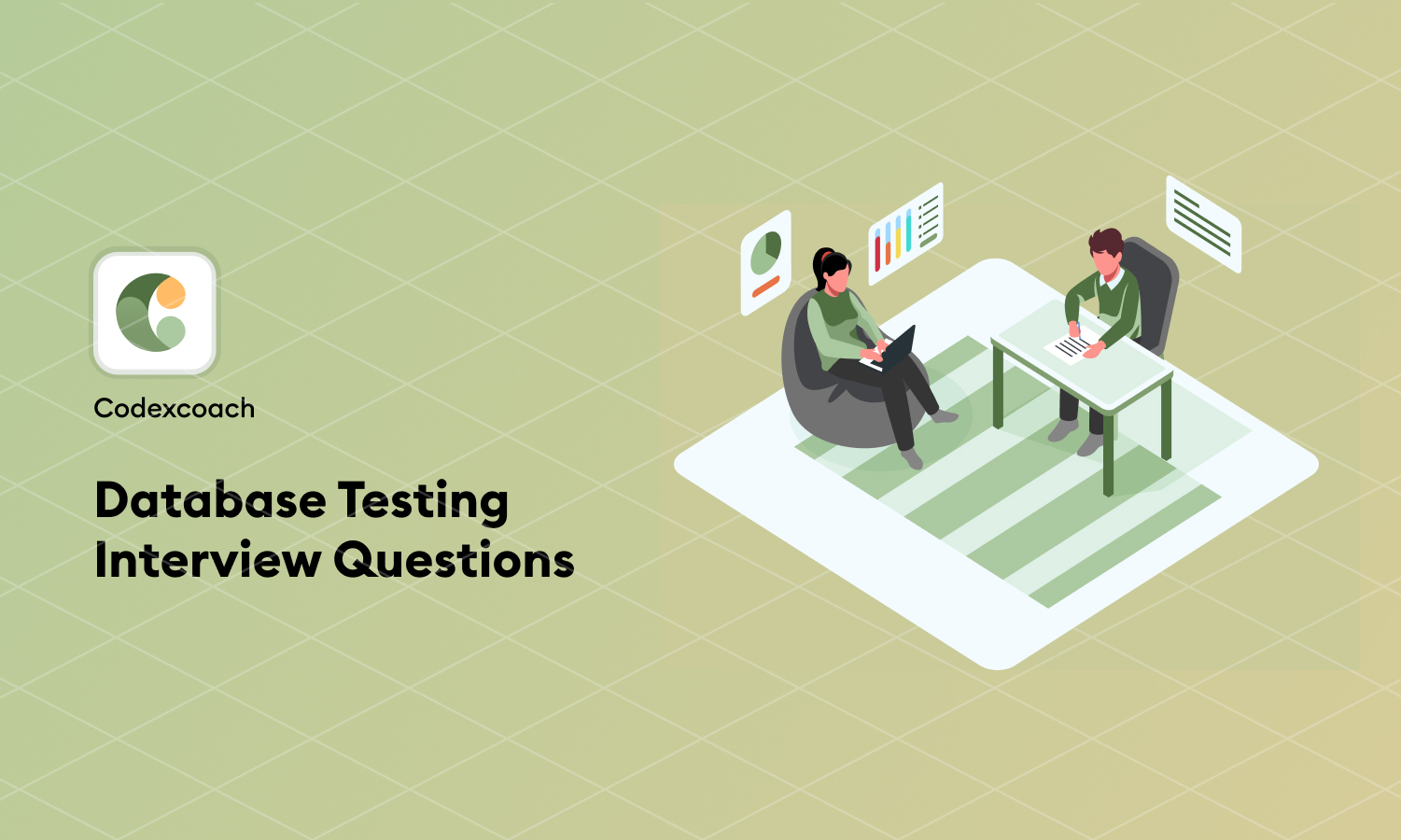1. What is blockchain?
Blockchain is a decentralized, distributed ledger technology that records transactions across multiple computers in a way that ensures security, transparency, and immutability.
2. How does blockchain ensure data security?
Blockchain uses cryptographic techniques, like hash functions and public-private key encryption, to secure data. Once data is recorded, it cannot be altered without altering all subsequent blocks and the consensus of the network, making it tamper-resistant.
3. What are smart contracts?
Smart contracts are self-executing contracts with the terms of the agreement directly written into code. They automatically enforce and execute the terms of a contract when predefined conditions are met, without the need for intermediaries.
4. What is the difference between blockchain and traditional databases?
Traditional databases are centralized, controlled by a single entity, and can be altered retrospectively. Blockchain is decentralized, distributed across multiple nodes, and its data is immutable – once recorded, it cannot be retroactively changed.
5. Can you explain the concept of mining in blockchain?
Mining is the process of validating and recording transactions on a blockchain. Miners use computational power to solve complex cryptographic puzzles. Successful miners are rewarded with cryptocurrency for their efforts.
6. What are the most common types of consensus mechanisms?
The most common consensus mechanisms are Proof of Work (PoW) and Proof of Stake (PoS). PoW requires computational power to validate transactions, while PoS requires validators to hold and stake the native cryptocurrency to participate in the validation process.
7. How does blockchain achieve decentralization?
Blockchain achieves decentralization by distributing its ledger across multiple nodes in the network. Each node has a copy of the ledger, and consensus algorithms are used to validate and agree on transactions, ensuring no single point of control or failure.
8. What are the main challenges facing blockchain technology?
The main challenges include scalability, energy consumption (especially with PoW blockchains), regulatory uncertainty, and integrating with existing systems.
9. How do public and private blockchains differ?
Public blockchains are open and anyone can join and participate in the network, while private blockchains restrict access, often used within an organization or consortium.
10. What are some common use cases for blockchain technology?
Common use cases include cryptocurrencies like Bitcoin, supply chain management, voting systems, identity verification, decentralized finance (DeFi), and smart contracts.
11. What is a blockchain fork?
A blockchain fork is a situation where a blockchain splits into two separate paths forward, often due to changes in protocol or disagreements within the community. Forks can be ‘hard’, creating a permanent divergence, or ‘soft’, where the new version is compatible with the old.
12. Can you explain the difference between Bitcoin and Ethereum?
Bitcoin is primarily a digital currency, designed for peer-to-peer transactions and as a store of value. Ethereum, while also supporting a cryptocurrency (Ether), primarily focuses on enabling smart contracts and decentralized applications (dApps) on its platform.
13. What are decentralized applications (dApps)?
dApps are applications that run on a blockchain network instead of being hosted on centralized servers. They are open-source, operate autonomously, and any changes are decided by consensus of its users.
14. How does a blockchain transaction work?
When a transaction is initiated, it’s broadcast to a network of peer-to-peer computers, scattered around the world. These nodes validate the transaction and the user’s status using known algorithms. A verified transaction can involve cryptocurrency, contracts, records, or other information.
15. What are some limitations of blockchain technology?
Some limitations include scalability issues, high energy consumption for certain consensus mechanisms like PoW, transaction speed, size of the blockchain, and integration challenges with legacy systems.
16. What is a 51% attack in blockchain?
A 51% attack refers to a situation where more than half of the computing power on a blockchain network is controlled by a single entity or group, allowing them to manipulate the network, potentially causing double-spending or preventing other miners from completing blocks.
17. How does blockchain provide transparency?
Blockchain’s distributed ledger is accessible to all participants in the network, making all transactions transparent and verifiable. Each transaction is recorded in a block linked to a previous block, creating a chain of blocks that anyone can view and verify.
18. Can you explain tokenization in blockchain?
Tokenization is the process of converting rights to an asset into a digital token on a blockchain. This can include real estate, art, or other valuables. These tokens can then be traded on a blockchain platform, providing a secure and transparent way to trade assets.
19. What is the significance of blockchain in supply chain management?
In supply chain management, blockchain offers transparency, traceability, and security. It allows the tracking of goods from production to delivery, ensures authenticity, and reduces fraud and errors.
20. What are sidechains in the context of blockchain?
Sidechains are separate blockchains that are attached to a parent blockchain using a two-way peg. They allow tokens and other digital assets from one blockchain to be securely used in a separate blockchain and then moved back to the original blockchain if needed.
21. What is a consensus algorithm, and why is it important in blockchain?
A consensus algorithm is a mechanism used in blockchain to achieve agreement on a single state of the network among distributed nodes or parties. It’s crucial for maintaining the integrity and security of the blockchain, ensuring that each transaction is only recorded once and is immutable.
22. What are oracles in the context of blockchain?
Oracles are third-party services that provide smart contracts with external information. They serve as bridges between blockchains and the outside world, allowing smart contracts to execute based on data that the blockchain itself cannot access.
23. Can you explain the difference between permissioned and permissionless blockchains?
Permissionless blockchains, like Bitcoin, allow anyone to join and participate in the network. Permissioned blockchains restrict who is allowed to participate and in what capacity, often used in enterprise solutions for increased privacy and control.
24. How do blockchain wallets work?
Blockchain wallets are digital wallets that allow users to store and manage their cryptocurrencies. They consist of two key components: a private key, which is kept secret, and a public key, which can be shared. The private key is used to sign transactions, proving ownership of the assets stored in the wallet.
25. What is a Merkle Tree in blockchain?
A Merkle Tree, in the context of blockchain, is a data structure used for efficiently summarizing and verifying the integrity of large sets of data. Each leaf node in a Merkle Tree contains the hash of transactional data, and each non-leaf node contains the cryptographic hash of its child nodes.
26. What are the key features of a blockchain?
Key features include decentralization, immutability, enhanced security, transparency and traceability, and reduced transaction costs. These features collectively contribute to the robustness and appeal of blockchain technology.
27. How does blockchain impact data privacy?
While blockchain can enhance data security, its open ledger can present privacy challenges. However, technologies like zero-knowledge proofs and private blockchains are being developed to address these concerns, providing ways to verify transactions without revealing sensitive information.
28. What is the role of cryptography in blockchain?
Cryptography is fundamental to blockchain’s operation, ensuring secure transactions, maintaining the network’s integrity, and safeguarding against fraud and hacking. It is used in creating hash functions, digital signatures, and for maintaining the consensus protocol.
29. Can you explain the concept of blockchain interoperability?
Blockchain interoperability refers to the ability of different blockchain systems to communicate and interact with each other. This allows for the exchange of information and value across diverse blockchain networks, enhancing the overall efficiency and utility of the technology.
30. What are the environmental impacts of blockchain technology?
The environmental impact mainly comes from the energy-intensive nature of certain consensus mechanisms like Proof of Work. However, newer technologies like Proof of Stake and various blockchain scalability solutions aim to reduce this environmental footprint.
31. What is a blockchain node?
A blockchain node is a device on a blockchain network that maintains a copy of the entire ledger and, depending on its type, may validate and relay transactions. Nodes are crucial for the decentralization and security of the network.
32. How do atomic swaps work in blockchain?
Atomic swaps allow for the exchange of one cryptocurrency for another without the need for a trusted third party. They use smart contract technology to enable cross-chain exchanges, ensuring that either both parties fulfill the swap terms or neither do, hence ‘atomic’.
33. What is the Lightning Network, and how does it relate to blockchain?
The Lightning Network is a “layer 2” payment protocol layered on top of a blockchain, like Bitcoin. It enables fast and cheap transactions that are not immediately added to the blockchain, helping to alleviate scalability issues.
34. What are the differences between blockchain and Distributed Ledger Technology (DLT)?
All blockchains are a form of DLT, but not all DLTs are blockchains. DLT refers to the technological infrastructure and protocols that enable simultaneous access, validation, and record updating across a network spread across multiple entities or locations, not necessarily arranged in a chain of blocks.
35. Can you explain the concept of Gas in Ethereum?
Gas in Ethereum refers to the computational effort required to execute operations like transactions and smart contracts. Users pay gas fees to compensate for the computing energy required to process and validate transactions on the Ethereum network.
36. What is a DAO (Decentralized Autonomous Organization)?
A DAO is an organization represented by rules encoded as a computer program that is transparent, controlled by organization members and not influenced by a central government. DAOs are a form of smart contract on the Ethereum network.
37. What is a blockchain explorer?
A blockchain explorer is an online tool to view all transactions, past and current, on a blockchain. They provide information like transaction growth, network hash rate, and transaction value, helping in transparency and accountability.
38. What is token staking in blockchain?
Token staking involves holding funds in a cryptocurrency wallet to support the operations of a blockchain network. It’s often used in Proof of Stake (PoS) and related consensus mechanisms, where participants stake their tokens to gain the right to participate in the network.
39. Can you discuss the potential of blockchain in identity management?
Blockchain can significantly improve identity management by providing a secure, immutable, and decentralized framework for digital identities, reducing fraud, and enhancing privacy and control over personal data.
40. How does blockchain integrate with IoT (Internet of Things)?
Blockchain can enhance IoT by providing a secure and scalable framework for communication between IoT devices. It can ensure secure data exchange, automate processes through smart contracts, and maintain a tamper-proof record of all IoT interactions.





